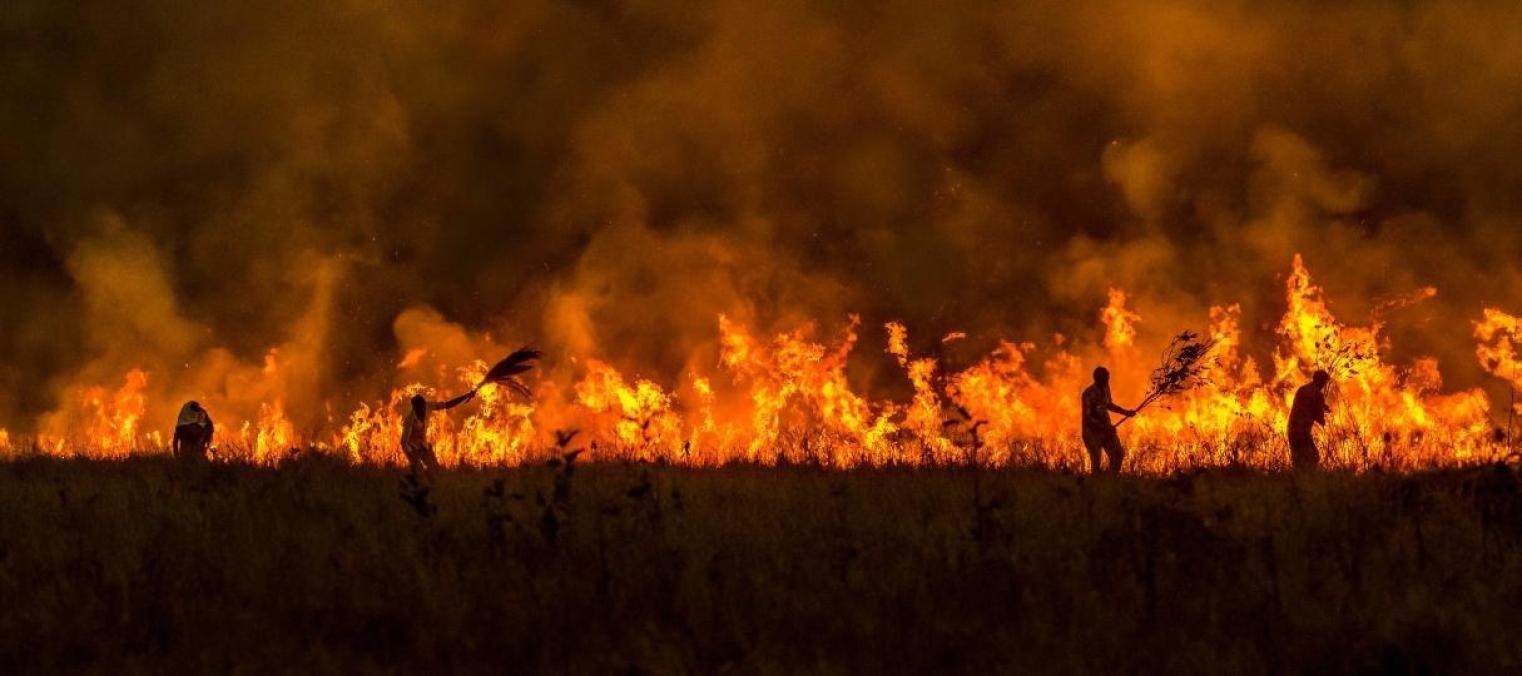




- Forest fire incidences have increased ten times over the past two decades
- 89% of forest fires have been recorded in drought-prone districts over the past two decades
New Delhi, 7 April 2022: More than 30 per cent Indian districts are vulnerable to extreme forest fires, according to an independent study released today by the Council on Energy, Environment and Water (CEEW). The study also highlighted that instances of forest fires in India have risen by over 10 times in the past two decades. In the last month alone, significant forest fires have been reported in states like Uttarakhand, Madhya Pradesh and Rajasthan.
The CEEW study also found that Andhra Pradesh, Assam, Chhattisgarh, Odisha and Maharashtra are the most prone to high-intensity forest fire events caused by rapid change in the climate. As global temperatures rise, instances of high-intensity forest fires have surged across the globe, especially in areas with dry weather.
Dr Arunabha Ghosh, CEO, CEEW, said, “Over the last decade, there has been a sharp rise in forest fires across the country. Some of these fires have had severe impacts on fragile ecosystems and local economies. We need to strengthen our predictive and forest fire alert systems further to limit the damage caused by forest fires. State and district-level government officials must also prioritise enhancing the capacity of frontline forest officials and forest-dependent communities to prevent forest fires. Scaling up trainings on creating effective forest fire lines and using drones, especially in known forest fire hotspots, could significantly reduce loss and damage.”
The CEEW study also found that over the last two decades, more than 89 per cent of total forest fire incidences have been recorded in districts that are traditionally drought-prone or have been witnessing weather swapping trend i.e flood-prone areas turning drought-prone and vice-versa. Kandhamal (Odisha), Sheopur (Madhya Pradesh), Udham Singh Nagar (Uttarakhand), and East Godavari (Andhra Pradesh) are some of the forest fire hotspot districts that are also showing a swapping trend from flood to drought.
“Sharp increase in forest fires over the last two decades calls for a significant course correction in our approach to managing forest fires. The recent incident at Sariska forest reserve, fourth such incident in a week, shows why managing forest fires in a changing climate scenario is a national imperative. Going forward, we should recognise forest fires as a natural hazard and earmark more funds for mitigation-related activities. Restoration of forest lands and efficient mitigation of forest fires could also help protect the food systems and livelihoods of communities traditionally dependant on forests.” said Abinash Mohanty, Programme Lead, CEEW.
The CEEW study also found that local air quality could deteriorate significantly during a forest fire. The state governments or state forest departments should repurpose public buildings like government schools and community halls by fitting them with clean air solutions – like air filters – to create clean air shelters for communities worst impacted by fires and smoke from forest fires.
Finally, the study also recommended that forest fires should be recognised as a disaster under the National Disaster Management Act (NDMA). This could help strengthen the National Plan on Forest Fires through improvement in financial allocation under the NDMA and creation of a specialised cadre trained to contain and combat forest fires. Policymakers should also consider developing a real-time alerts system only for forest fire incidents.
The study 'Managing Forest Fires in a Changing Climate' can be accessed here.
Contact: Riddhima Sethi (CEEW), [email protected]; Mihir Shah (CEEW), [email protected]